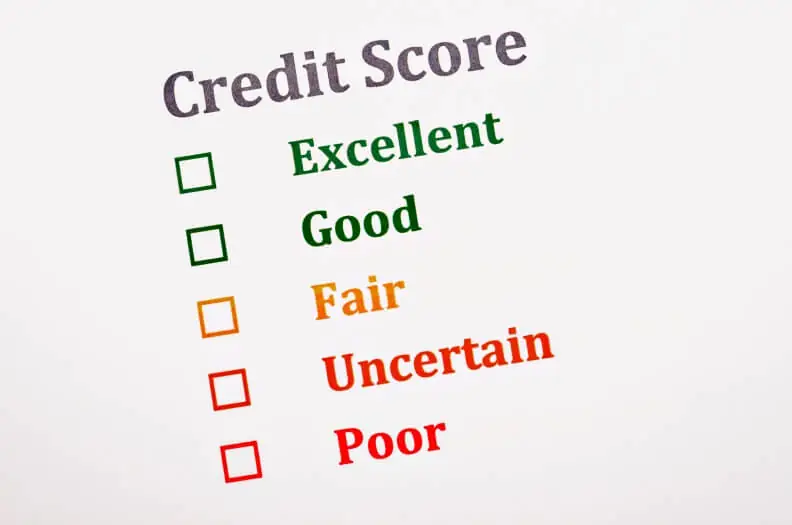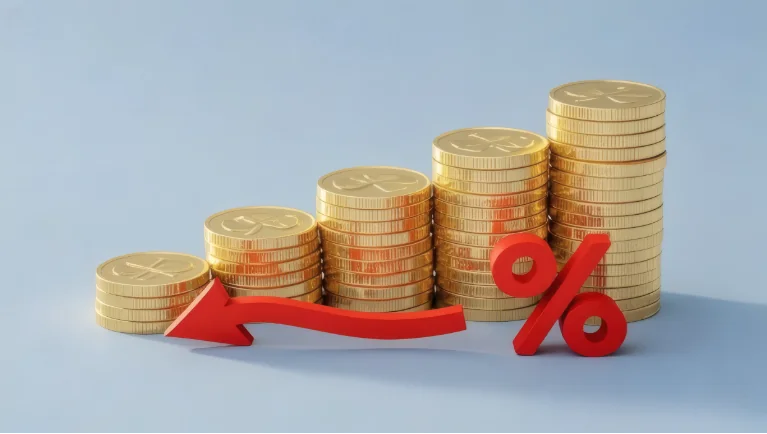In today’s ever-changing economic world, creating a well-diversified investment portfolio is now more important than ever
This can happen as evident to investors in any unexpected events, such the result of sudden market fluctuations triggered by world chores and changes; geopolitical frictions that go beyond all traditional norms of diplomacy or regional instability within regions currently undergoing devastating terrorism. It is clear that such situations will mean great delayed profits for all global investors everywhere.
Building a diversified portfolio can lower risk and increase the chances of making money. So this is a guide to building your diversified investment portfolio, even when the times are uncertain.
Realize The Importance of Diversification
Diversification is the practice of dividing money among many different kinds of investments- so you aren’t dependent on any one source for returns. The more baskets you have, the more “eggs” are covered by statistical logic against drops and so forth. A diversified portfolio may consist of:
Stocks: Equities are usually in favour in times of expansion and least prone to fall that same year.
Bonds: Fixed income securities take the bumps out of life and pay interest regularly enough to live on.
Real Estate: Real properties or real estate investment trusts (REITs) can produce regular income and have the potential for value increases. However the current deficiencies in quality investment have led people to have difficulty finding them, barring the rare exception. They produce properties that supply income.
Commodities: Traditionally gold, silver and other commodities can preserve purchasing power.
Cash and cash equivalents: In a market downturn, having liquid assets at the ready can help you to seize opportunities. Hold it.
Determine Your Risk Tolerance
Before you set up a portfolio, find out how much risk you can endure. Things to look at include:
Investment Goals Oblige you saving money for retirement, a home, or education?
Time Horizon: To what extent is the likelihood that your need for cash will materialize in the near future?
Financial Position: How do your current income, household expenses and cash reserves on hand compare to tomorrow’s big event requiring immediate action with no money in sight but reliance on those full-time equivalents known as F.A. I$ and second hand tradition would have it telling us visually exactly what comes next then under these circumstances.
Your risk tolerance will determine your portfolio’s mix of assets. A conservative investor might lean toward bonds and cash, while an aggressive investor would lean toward stocks or alternative investments.
Choose Your Asset Mix
One good starting point is to divide up your investment capital among different asset classes. According to the “80/20” rule, a common investment strategy calls for 80 percent of your funds to be placed into stocks and 20 percent into bonds. Then you can adjust your strategy based on your risk tolerance and market conditions. Here are some examples of models to consider:
Conservative Allocation: 20% Stock (or 1 stock and 4.75 bonds), 70% bond, 10% cash ( or property)
Moderate Allocation: 50% stocks, 40% bonds, 10% cash
Bold Investment Strategy: 80% equities, 15% fixed income, 5% cash
Change these percentages according to your comfort level and market outlook.
Diversify Geographically
To further reduce risk, it is better to invest in overseas markets. By geographically diversifying, one can participate in different economic cycles and growth rates. Here are some investment options:
Emerging Markets: These other economies may offer better growth potential.
Developed Markets: More stable economies often mean less volatility.
You can achieve this through investing in global funds or exchange-traded funds (ETFs).
Adjust Regularly
Market fluctuations can cause a loss of sight of your assets in the long run. Without rebalancing your portfolio, the mix of your assets will drift. This adjustment, performed annually It keeps the portfolio on target for investment goal achievement and in line with what you are able to accept as risk, without risking too much capital or lifeboat taking on water. For instance, you realize that stocks are outperformed and now occupy 90% of your portfolio. Here we had to sell some off before they preferred their own kind the bond market and realigned things back again–so that everything is level!
Keep Informed, Be Ready For Change
In uncertain times, being market-aware pays off. It’s vital to know when all economic data are announced as well as any political developments occurred. Flexibility is key. You have to be prepared to modify what you are doing in light of new conditions. This might involve shifting toward safer assets when volatility is high, or leveraging opportunities in unloved sectors for example.
You Also Need Professional Help
If these issues are just too difficult to solve yourself, then you might want to consider finding financial advice. This expert can not only offer tailored guidance in helping plan and building a diversified portfolio that fits your needs perfectly, but also the assurance of finding someone who understands your personal financial situation in a very detailed way.
Summary In times of uncertainty, it is important to construct a diversified investment portfolio that will serve you well. Plan with care and revise your goals periodically. You have to be prepared to refine your strategy as conditions change. If you understand your risk tolerance, pick assets that are suitable for the allocation you have at hand and remain informed, you are able to build a portfolio that can cope with market volatility. That way you are guided towards your financial objectives. Whilst diversification may not make profits, at least it can protect your investment against loss. It continues to be one of the top risk management tools to possess.




